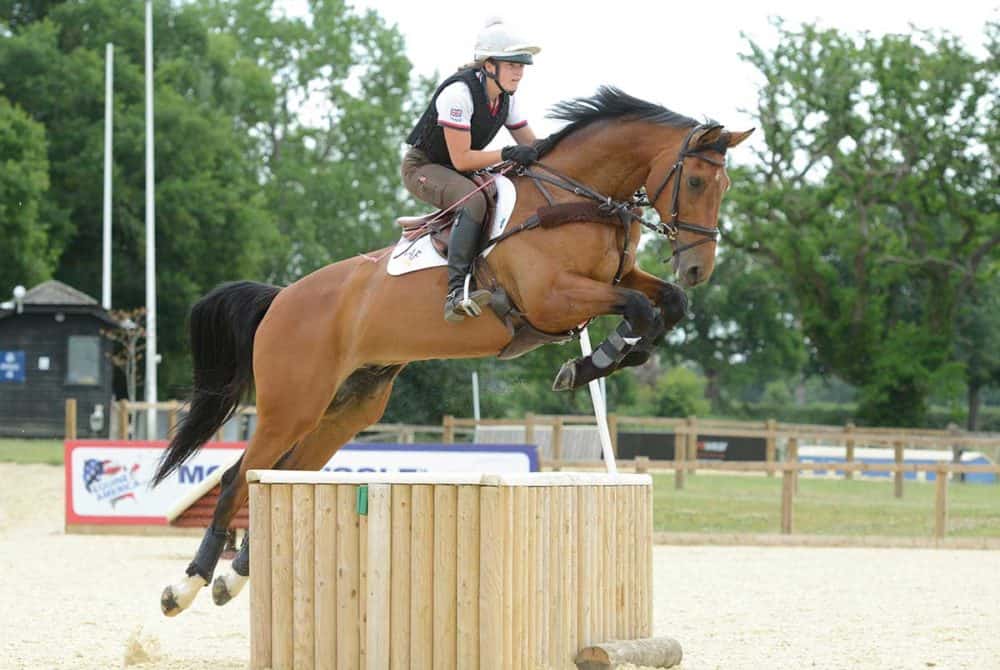Getting technical with Gemma Tattersall
Posted 14th October 2020
Eventing from the safety of an arena won’t make the questions you’re asked any less complex. This month, Gemma helps you get your head around the more technical elements

The perfect place to build you and your horse’s confidence over fixed fences, arena eventing helps you get your cross-country fix when ground conditions aren’t ideal and provides a safe space to practise the elements you’d find out in the open. However, just because you won’t be getting fully immersed on course doesn’t mean you won’t meet a whole host of tough questions designed to challenge your horse’s bravery and training. From corners and skinnies to steps and ditches, an arena eventing course has everything on-hand to put you and your horse to the test – making it the ultimate place to step up your training and prepare for the real thing. So, get your thinking cap on and you’ll soon learn the invaluable cross-country riding skills that arena eventing can provide.
In the corner
Really, corners are just a distant relative of oxers, and by thinking of them in this way, they shouldn’t feel too scary as you start to step up the technicality. Start with the smallest corner you can find to keep the questions simple and straightforward for your horse. While the height’s low, introduce him to the corner the same way you’d ride an oxer – with a powerful pace behind you, ride head-on to the corner so that your horse has a square groundline to work with. This won’t be the most effective way to jump the obstacle as the height and width increase, but it’s the most straightforward starting point.
As your horse’s confidence grows and you want to start drawing out the width, you can work on approaching it at an angle. Think of the corner as having a small point on the narrow side, from which two arms branch out to create a wide edge on the other. You’ll need to visualise an imaginary line from this point to the middle of the wide side. Bisect this line by 90° to find your ideal approach. Ultimately, you’ll aim to jump the narrowest part you confidently can, but while the height’s low, it’s fine to jump more centrally to reduce the risk of run-outs.
For more of Gemma’s technical top tips, get your copy of December Horse&Rider, out now!










